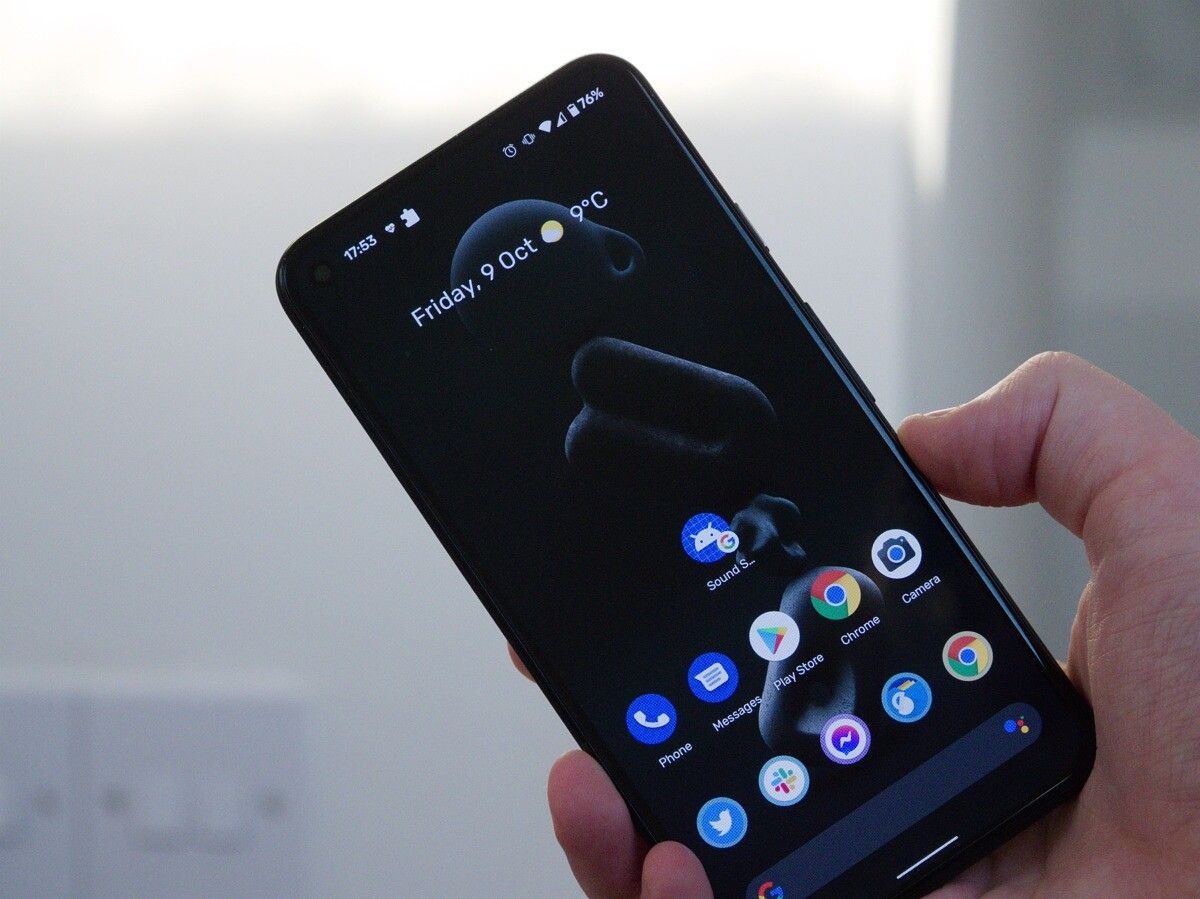When it comes to tips for improving your phone’s battery life, you’ll find that there are so many conflicting opinions. Some reports say it’s okay to keep your phone plugged in all night, while others say it might speed up the battery aging. However, one thing that most battery experts agree upon is that charging your battery to its full capacity less frequently can prolong the battery lifespan. This is why, many laptop OEMs offer a built-in battery charge limiting software, allowing users to stop the charging once the battery reaches a certain level. On the smartphone side, Sony offers a similar feature on its Xperia smartphones under the Battery Care tool. Interestingly, a few Google Pixel phones also have this functionality, but most users aren't aware of its existence.
It’s unclear exactly when Google rolled out the charging limit feature to Pixel phones. But based on the user reports, we suspect that it has been around since April or May this year. The feature is available on all Pixel phones, starting with the Pixel 3, and it automatically stops the devices from charging once the battery reaches 80%. A Google support page regarding the feature mentions that it only triggers under the following conditions:
- Continuous charge under high battery drain conditions, like gameplay.
- Continuous charge for four days or more.
When the above conditions are met, charging is automatically limited to 80%, and a notification that says "optimizing for battery health" appears on the Always-on Display and in the Battery section of the Settings app. Sadly, unlike Sony’s implementation, Google doesn’t offer a user-facing setting to control the feature. It triggers automatically when the given conditions are met and can only be disabled by unplugging your phone from the charger or restarting it.
XDA's Mishaal Rahman recently spotted this feature on his Pixel 3 XL running the Android 12 Beta. But according to the support page and user reports, it’s also available on Pixel phones running Android 11.
It's worth noting that the charge limiting feature isn't the same as Google's Adaptive Charging feature, which rolled out to the Pixel 4 and later as part of the December 2020 Pixel Feature Drop. Both features have a similar goal: to reduce the battery wear, but the way they go about achieving it is different. Adaptive Charging uses your alarm's settings to fully charge your phone right before you wake up, and it only works during certain hours. Adaptive Charging is also only available on the Pixel 4 and later, as we just mentioned, while the "optimizing for battery health" feature is available on the Pixel 3 series.
Featured image: Google Pixel 5

